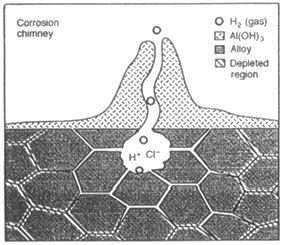weirdjim
Ejection Handle Pulled
- Joined
- Jul 8, 2008
- Messages
- 4,171
- Location
- Grass Valley, CA (KGOO)
- Display Name
Display name:
weirdjim
No, no, no. The OP was talking about corrosion on a carry-through spar on the overhead of an aircraft. It has nothing to do with the tailwheel crack shown here.I don't know how we got here, but that crack shown is not caused by corrosion.
Although I do have a question. Never having SEEN a crack like this on a tailwheel casting, can this crack be (a) reliably and/or (b) legally welded?
Jim





